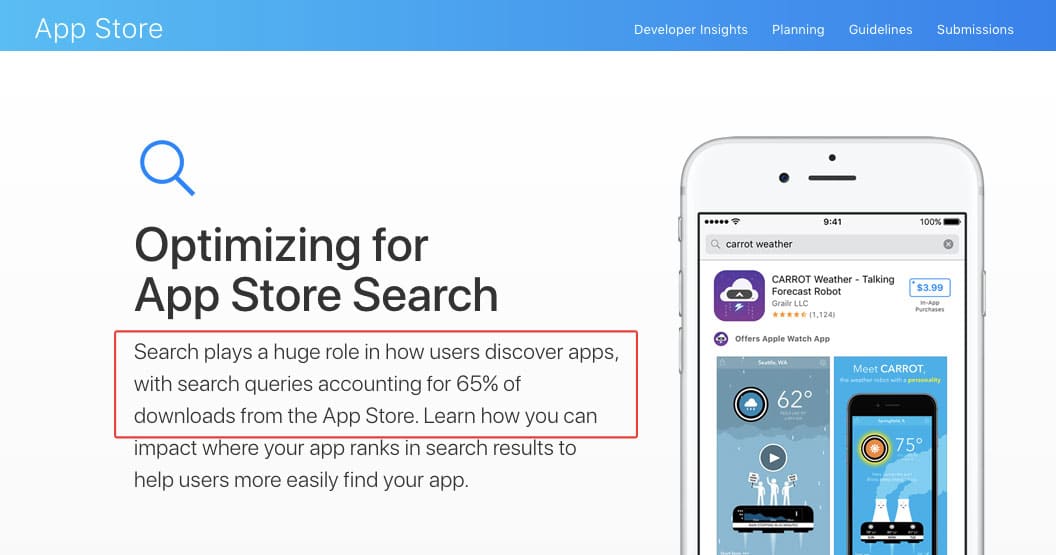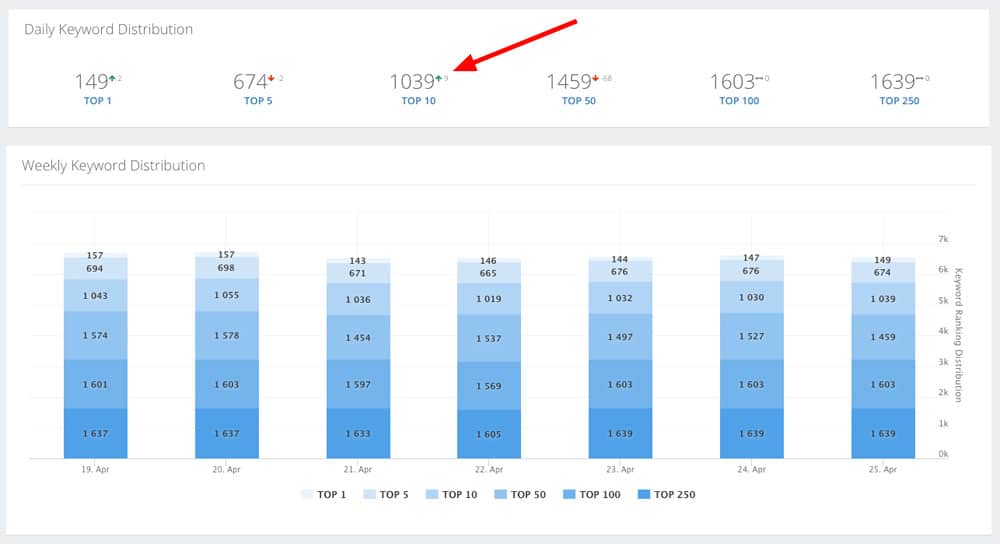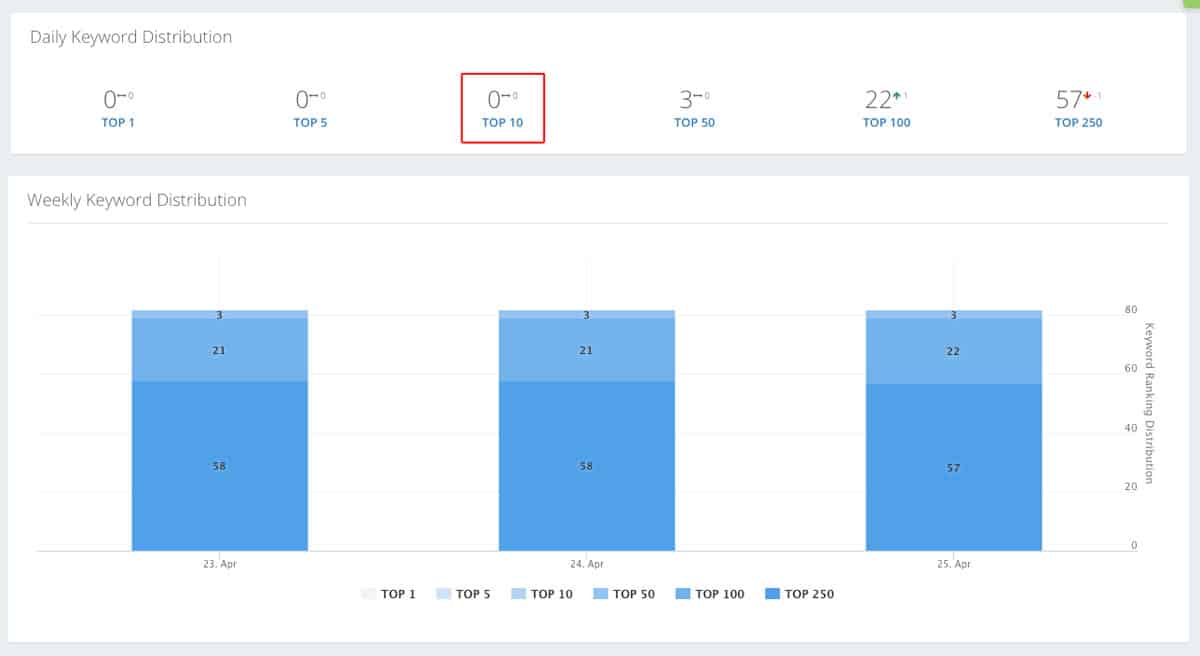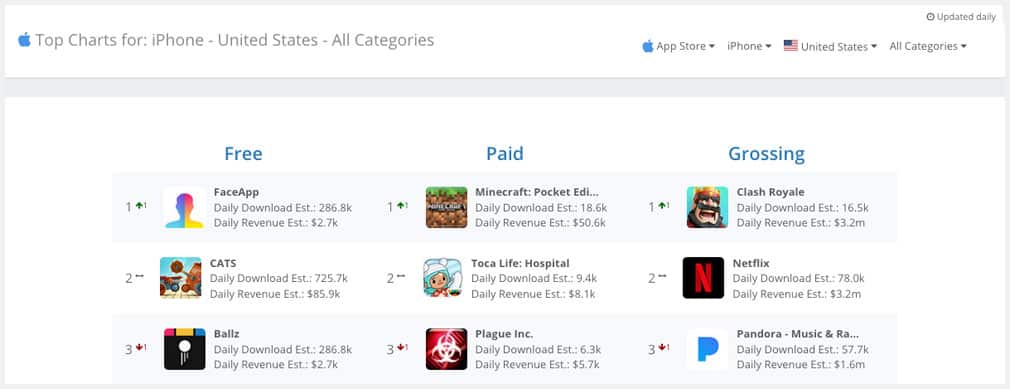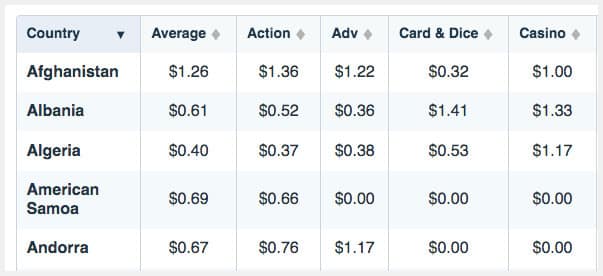You know that App Store Optimization can work well if you put in the time to do it right. But not everyone knows this. With this blog, you will learn how to justify App Store Optimization (ASO) as a reasonable and necessary investment.
In our experience, sometimes it can be difficult to explain the value of ASO to the people in charge. So if you are in this situation, we’ll show you a strategy that can help you win them over to your side.
This blog post is for you if:
- You are an employee at a company looking to make a big contribution and cannot get the green light on doing ASO
- You are an ASO consultant and need some strategies for convincing potential clients that ASO really could help them.
Situations Where You Should Justify App Store Optimization (ASO)
We typically see the biggest opposition to ASO in three types of companies:
- A large company where their paid acquisition strategy is already working well.
- A small company where money is very tight and even the smallest spend or project is too expensive.
- A company where management doesn’t have a marketing mindset.
Obviously that is a very broad generalization. But we bring this up because we will show you how to deal with these specific situations.
1. Have Your Analogies Ready
It might sound corny, but using analogies can be a powerful way to get your point across.
When you can sprinkle in a few analogies during the course of the conversation, it just might be what swings the debate in your favor.
When I worked in IT consulting, part of the business was computer repair. Inevitably, there would a couple of people a week who would complain about how much it would cost to do things like replace the motherboard or remove a virus.
Yeah, some of them were just cheap and would complain about anything, no matter how much it cost. But most of these people genuinely could not understand why it cost so much to do, what they saw as, a super simple job.
This is when analogies helped a lot.
Here are two examples:
- Replace the motherboard: Like replacing the engine in your car. We have to take a lot of things apart in order to get to the engine.
- Remove a virus: Like going to the doctor and diagnosing why you are getting headaches. Sometimes you have to try a couple of different treatments before something works.
You may laugh at the thought of using analogies. But the reality is that you need to meet that person where they currently are.
Many times, when we are trying to convince people of something, we try to bring them to our level of understanding.
That rarely works.
But if you can put things into terms that they can understand, then this can go a long way to helping them understand why your proposal is important.
The analogies you use will depend on your situation and the person you are talking to. So put yourself on the other side of the table for a minute and help them understand the concepts.
2. Show Them App Store Stats
This one is pretty obvious, but if you haven’t done this already, here’s a list of stats that you need to include, to back up your proposal.
- Apple App Store Search page (65% of apps are discovered through search)
- 2015 Google Play study (26% of local, 59% of tech and 30% of travel apps discovered through search)
- “For the average app, search actually makes up the vast majority of installs” (Google I/O)
They are pretty compelling, but that isn’t always enough. Many times, you have to show a little more proof.
That’s where case studies come in.
3. Present Case Studies and Expert Opinions
When you are building your case for doing ASO, it helps to show specific examples of what people did to achieve results.
Here are a few of our favorite examples:
- How just changing the app icon doubled the revenue of an app
- 300% increase in downloads with localization
- What this studio did to get their first 1 million downloads
- A fitness app that doubled their user base with ASO
- How Runtastic increased their downloads by thousands per day
Of course, it helps to present case studies that are as close to your company’s situation as possible. But sometimes quantity helps, in the absence of quality.
You can even take it one step further and talk to different ASO experts to lend further credibility to your case. Pay them to do an ASO audit or just get some ideas from them on how you can improve your app’s ASO.
Search for these experts online, or talk to our Ambassadors inside Mobile Action Academy.
4. Commit to a Timeline
One of the biggest reasons that an ASO project gets axed too early, is because of a difference in expectations.
In our “growth hacking” world, some managers think that ASO is something that should start working in a week.
The reality is that you need at least three weeks to run one test!
Even then, that test might not work. You and I understand that…but others may not.
So always give yourself plenty of time to start to show results. About 4 months is ideal, but consider asking for more if you are new ASO.
Then commit to demonstrating results within this time period. One of the biggest fears of your stakeholders is that this will turn into a “black hole project” and will be a huge waste of time and money.
If you want your boss to commit to your ASO project, you also have to take responsibility for the outcome. Consider hiring an outside consultant if you realistically don’t have the time.
5. Setup KPIs and Commit to Specific Results
Like with any other project, tracking the right KPIs is going to be vital. Luckily, with ASO it’s pretty straightforward. There are three basic metrics to track:
- Downloads
- Revenue
- Conversion rate
Talk about which one, or ones, are the most important to the company and focus on those. Again, commit to tracking and improving the target metric(s).
6. Make Them Green With Envy
FOMO is a bitch.
If you can show your boss or other people on your team how well your competitors are doing, then that can be a very strong argument for doing ASO.
One thing that you can do is to show them how many ASO keywords the competition is ranking for. An easy way to visualize this is to use our ASO Report.
This is what the ASO profile for a top game looks like. This game ranks in the top 10 for 1,039 keywords.
Now what happens if you show them this report for your app?
Goose egg.
Pretty embarrassing, right? Now your app probably isn’t this bad, but a large difference in the number of rankings can be enough to motivate people to do something about it.
Sure, not all keyword rankings translate into downloads. But obviously, ranking for more keywords gives you a better chance of getting downloads, than ranking for less.
Just be sure to manage expectations. You might not want to show them the elite apps in your niche. 😉
7. Demonstrate the Potential Return on Investment
Time to go in for the kill.
Now that you have demonstrated that ASO works, the kind of keyword rankings other apps are getting, and committed to a timeline/KPIs, then you need to show the potential ROI.
This is the final nail in the coffin.
There are a couple of ways to do this.
First, you can look at the estimated downloads for the apps in your niche. Our Market Intelligence module gives you estimated download numbers for iOS and Google Play Android apps.
Take a look at these numbers and compare them to how many downloads your app is getting.
Then take the difference between what the number of downloads your app is getting and a competitor above you.
Let’s say that the difference is 30,000 downloads a month.
Then pull the latest figures on how much it costs to get one install in your industry. In games, you can use something like Chartboost Insights to approximate the CPI.
They break it down by country and game type. Right now Action games in the US are getting a CPI of $2.56.
So in order to make up the 30,000 download gap between your app and the next competitor, your company would have to spend:
30,000 x $2.56 = $76,800
If you think that you can improve downloads by 50% or 15,000 per month, then you are essentially saving your company $38,400 per month. In many cases, a 15,000 per month improvement isn’t that hard to do.
Second, you can take a look at how much your company currently spends on ads. Let’s say your company spends $50,000 on ads and that brings in 100,000 downloads. Then show how ASO can bring in a portion of those downloads and how much money that could save the company.
Potential Downfalls
All of those strategies are great, but there will be situations where you won’t be able to tell if your changes are what caused the increase or decline in KPIs. So be prepared for the following and alert stakeholders ahead of time that your results may be affected by these factors.
If people make multiple changes to the app, or if you are told to change several different things at the same time (icon, keywords, etc.), you won’t be able to tell exactly what worked and what didn’t. Try to track as few changes as possible, so you can point to what caused the results.
Also be aware of other marketing initiatives that are in place. If there was something like a big PR push, that could skew the results.
Conclusion
So if you want to start doing ASO at your company and the higher-ups don’t seem to be too enthusiastic about it, these seven steps can help you build your case to justify App Store Optimization as a worthy decision.
We have seen ASO grow many apps and we want it to help your company’s app too. If you have any questions, feel free to contact us.


